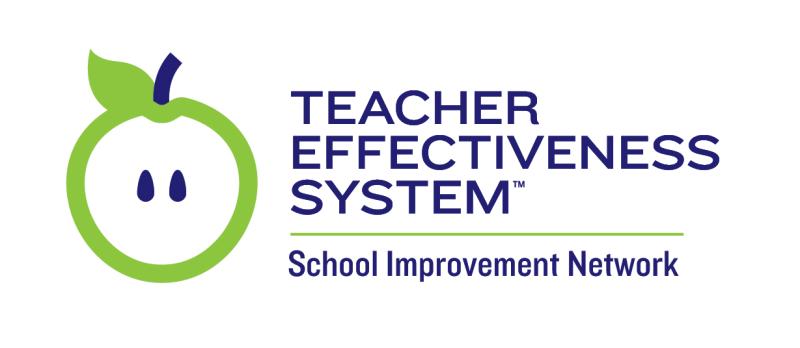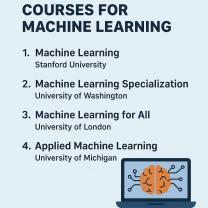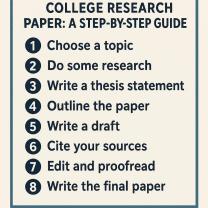What is teteacher Effectiveness Training?
Teacher Effectiveness Training (TET) is a program that focuses on enhancing the communication and interpersonal skills of teachers to improve classroom management, foster positive teacher-student relationships, and create a conducive learning environment. Developed by Dr. Thomas Gordon, TET is based on the principles of the Gordon Model of Communication and aims to empower teachers with effective communication strategies. The program is designed to promote cooperation, problem-solving, and understanding between teachers and students.
Key Components and Approaches of Teacher Effectiveness Training:
Active Listening:
- TET emphasizes the importance of active listening, where teachers genuinely listen to students' thoughts, concerns, and feelings. This helps build trust and understanding in the teacher-student relationship.
I-Messages:
- Teachers are encouraged to use "I-messages" to express their own feelings, needs, and concerns without blaming or criticizing students. This approach helps create a non-confrontational atmosphere and promotes open communication.
No-Lose Conflict Resolution:
- TET teaches teachers how to approach conflicts with a "no-lose" resolution mindset. The goal is to find solutions that meet the needs of both the teacher and the student, fostering a collaborative problem-solving approach.
Avoiding Power Struggles:
- Teachers learn strategies to avoid power struggles and confrontations with students. Instead of asserting authority, TET encourages teachers to involve students in decision-making processes and address issues collaboratively.
Classroom Meetings:
- TET supports the use of classroom meetings as a forum for students and teachers to discuss concerns, share opinions, and collaboratively address issues affecting the classroom environment.
Behavioral Descriptions:
- Instead of making evaluative or judgmental statements about students, TET encourages teachers to use behavioral descriptions to objectively communicate observations and concerns.
Encouragement and Positive Reinforcement:
- TET promotes the use of encouragement and positive reinforcement to acknowledge students' efforts and achievements. This positive approach helps create a supportive and motivating classroom culture.
Problem-Solving Skills:
- Teachers are equipped with problem-solving skills to address challenges effectively. TET emphasizes the importance of involving students in finding solutions to problems, promoting responsibility and self-regulation.
Emotional Climate:
- TET focuses on creating a positive emotional climate in the classroom by fostering trust, respect, and a sense of belonging among students.
Effective Feedback:
- Teachers learn to provide constructive and effective feedback to students. TET emphasizes the use of feedback that is specific, non-evaluative, and focused on behavior rather than personal characteristics.
Teaching Decision-Making:
- TET encourages teachers to involve students in decision-making processes related to classroom rules, activities, and responsibilities. This approach promotes a sense of ownership and shared responsibility.
Empathy and Understanding:
- TET emphasizes the importance of empathy and understanding in teacher-student interactions. Teachers are encouraged to consider students' perspectives and feelings when addressing issues.
It's important to note that the effectiveness of TET may vary, and its application might be influenced by the specific context of the classroom and the dynamics of teacher-student relationships. Additionally, ongoing professional development and support may be necessary for teachers to fully integrate TET principles into their teaching practices.
What does the concept of Teacher Effectiveness Training entail?
The Concept of Teacher Effectiveness Training
Teacher Effectiveness Training (TET) focuses on equipping educators with the skills and knowledge necessary to become highly effective teachers and positively impact student learning. It goes beyond basic pedagogical practices and delves into deeper aspects of teaching and classroom management.
Here's a breakdown of the key concepts involved:
1. Focus on Relationships:
- Building positive relationships with students: TET emphasizes the importance of creating safe and supportive learning environments where students feel respected, valued, and safe to learn.
- Effective communication: TET equips teachers with communication skills to foster open and honest communication with students, colleagues, and parents.
- Conflict resolution: TET provides training on effective conflict resolution strategies to address challenging student behaviors and classroom disruptions.
2. Instructional Excellence:
- Planning engaging lessons: TET emphasizes the importance of planning and delivering well-structured lessons that cater to diverse learning styles and needs.
- Differentiation: TET equips teachers with strategies for differentiating instruction to meet the individual needs of all students.
- Assessment and evaluation: TET provides training on designing and implementing effective assessments to measure student learning and inform instructional decisions.
3. Classroom Management:
- Establishing clear expectations and routines: TET emphasizes the importance of establishing clear expectations and routines from the beginning of the school year to create a predictable and positive classroom environment.
- Engaging all students: TET provides strategies for engaging all students in active learning and promoting positive interactions in the classroom.
- Managing student behavior effectively: TET equips teachers with strategies for addressing challenging student behaviors in a positive and respectful way.
4. Professional Development:
- Reflective practice: TET encourages teachers to engage in regular self-reflection to identify areas for improvement and set goals for professional growth.
- Collaboration with colleagues: TET promotes collaboration among teachers to share best practices, support each other, and learn from one another.
- Staying current with research: TET emphasizes the importance of staying updated on current research and best practices in education to continuously improve teaching skills.
Overall, Teacher Effectiveness Training aims to:
- Enhance teacher effectiveness: Equip teachers with the skills and knowledge to become highly effective and impactful educators.
- Improve student learning: Foster positive learning environments and instructional strategies that lead to improved student outcomes.
- Promote professional growth: Encourage teachers to continuously learn and grow throughout their careers.
Note: The specific components and approaches of Teacher Effectiveness Training programs may vary depending on the provider and the target audience. However, the core concepts outlined above remain fundamental to equipping educators with the necessary skills and knowledge to be successful in their profession.













